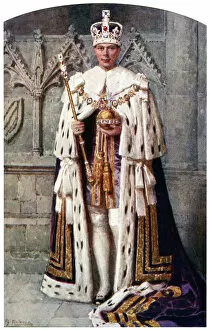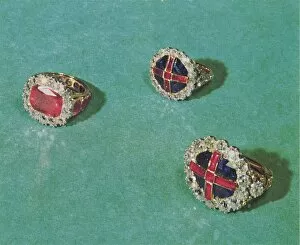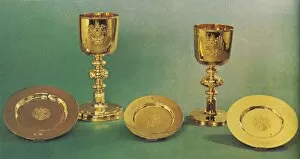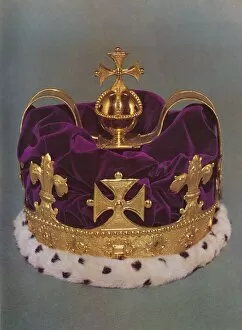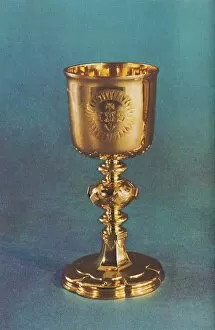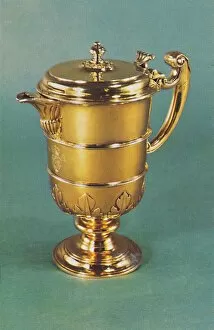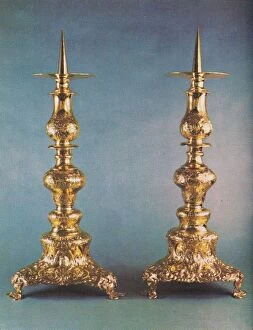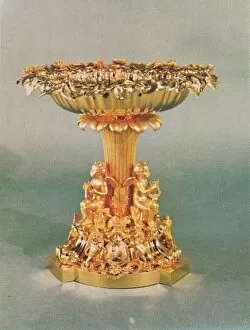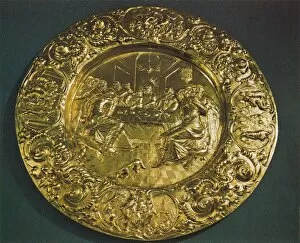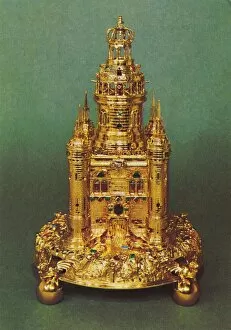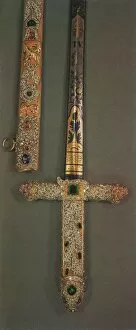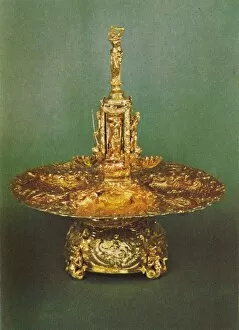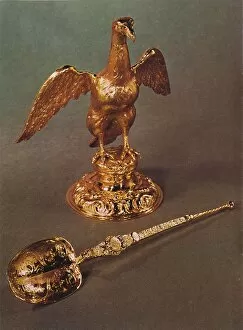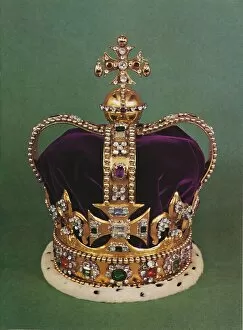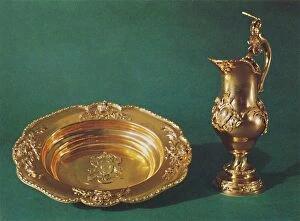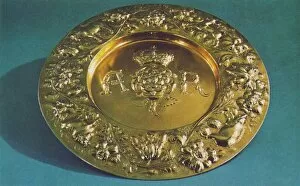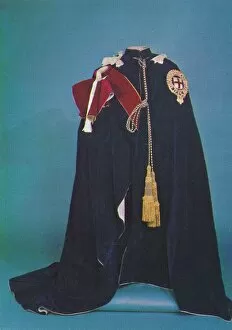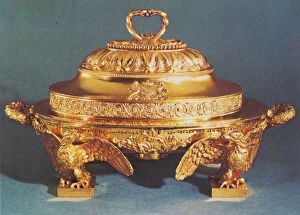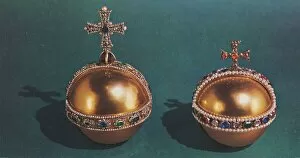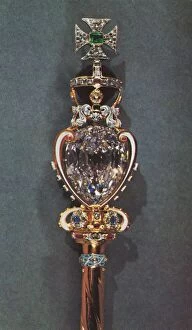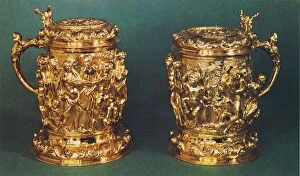Crown Jewels Collection (#4)
"Crown Jewels: A Glimpse into the Majesty and Legacy of British Monarchy" Step back in time to witness the grandeur and opulence of the Crown Jewels
All Professionally Made to Order for Quick Shipping
"Crown Jewels: A Glimpse into the Majesty and Legacy of British Monarchy" Step back in time to witness the grandeur and opulence of the Crown Jewels, a symbol of power and tradition. In 1953, Queen Elizabeth II donned her magnificent coronation robes, exuding regal elegance as captured by artist Sterling Henry Nahum Baron. The Kings Orb and Sceptre, shrouded in mystery with an unknown creator from 1937, stand as iconic symbols of authority. The insignia of the Order of the British Empire, dating back to 1953, showcases exquisite craftsmanship that honors distinguished individuals who have contributed significantly to society. With each piece meticulously crafted for royalty's adornment, these treasures hold immense historical value. British royal crowns and sceptres depicted in vibrant color lithographs remind us of their significance beyond mere aesthetics. They represent centuries-old traditions passed down through generations. On May 12th, 1937, during King George VI's coronation ceremony witnessed by many worldwide spectators; he was handed one of two precious artifacts - a moment forever etched in history. The Robes of the Royal Victorian Order worn by Queen Elizabeth II in 1953 exemplify grace and dignity befitting a monarch. The Kings Orb from England's Crown Jewels takes us on a journey through time with its stunning color lithograph from 1919—an enduring testament to Britain's rich heritage. The Imperial State Crown remains an enigma since its creator is unknown but still radiates majesty since its creation in 1937. Intriguingly capturing Her Majesty Queen Elizabeth II alongside her Mistress of the Robes and six Maids of Honour provides insight into royal camaraderie during her reign—unveiling glimpses behind palace doors rarely seen by outsiders.


